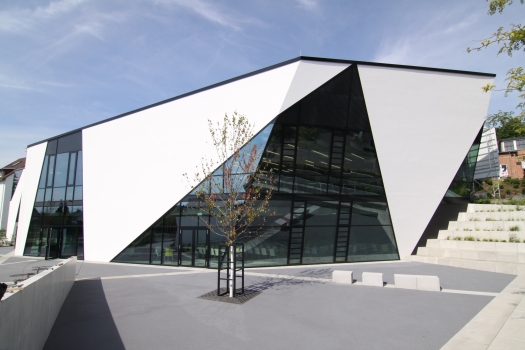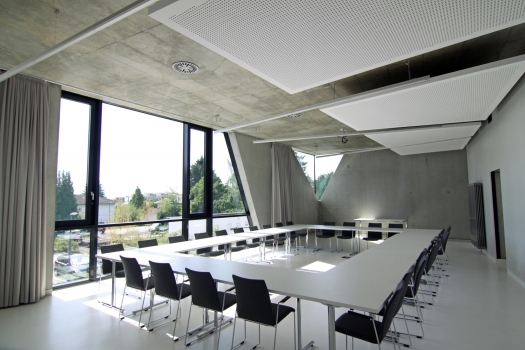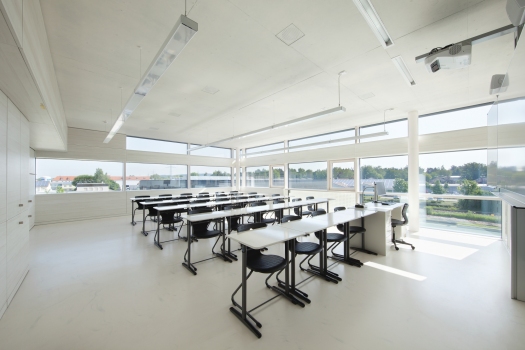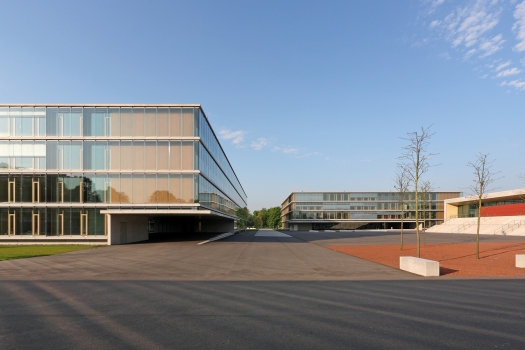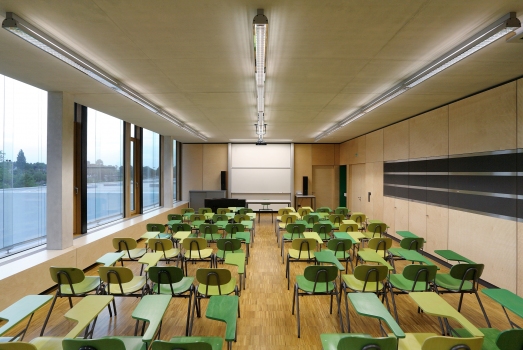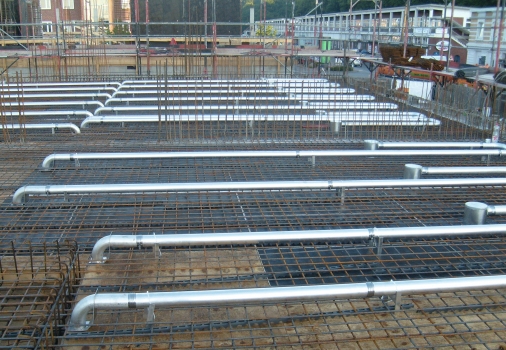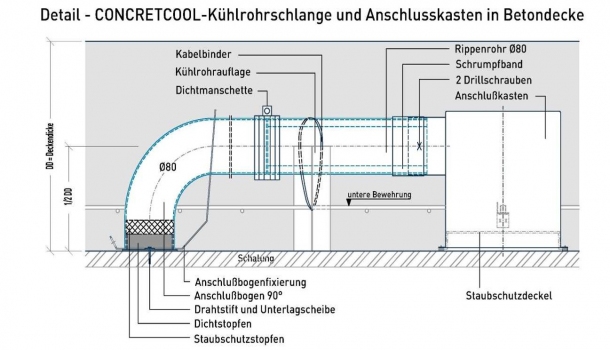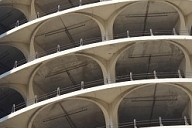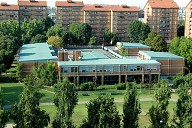Concrete Core Temperature Control with Fresh Air - Intelligent Ventilation System for Schools
Many schools are still being built without mechanical ventilation, with outside air being supplied exclusively through ventilation via the windows. This not only contradicts the EnEV, which requires an airtight building envelope. On cold days, this also leads to far too little ventilation. As a result, the CO2 concentration is far above the permissible specifications, and students, therefore, suffer from a lack of concentration. These facts have been known for many years, but have often been ignored for cost reasons. Due to the corona pandemic, they now take on a whole new significance. The intelligent ventilation system CONCRETCOOL from Kiefer Klimatechnik offers a sustainable solution for this.
Media
Currently, many people are looking anxiously at schools and considering how the risk of infection can be kept low there. A frequently discussed problem is the necessary ventilation in buildings that do not have mechanical ventilation. Especially in the cold season, there is often only too brief and therefore usually inadequate air exchange. If a covid-positive person is in such a room, the virus-laden aerosol concentration increases more and more with poor ventilation. This also drastically increases the risk of infection for fellow students. In the meantime, the hype about air quality in schools is so great that countless more or less viable systems for air purification are presented within a very short time.
Already 20 years ago, the Stuttgart-based company Kiefer Klimatechnik developed the CONCRETCOOL concrete core temperature control system with supply air. The BTA ventilation system has now proven itself many times in practice and is particularly suitable for new school and administration buildings. It combines two important aspects in an ideal way: used and polluted air is exchanged for fresh, unpolluted outside air, while at the same time energy efficiency is taken into account.
Double function in technical building equipment
The special feature of CONCRETCOOL is that outside air - and not water, as is usually the case - serves as the heat transfer medium and is used to directly cool the concrete ceilings without any further energy input. While the supply air first flows through the cooling pipes inside the concrete ceilings, it warms up almost to the ceiling temperature. The supply air is then supplied to the rooms via Kiefer air diffusers and covers the hygienic fresh air requirements inside the building. Thermal component activation also offers the possibility of using the building mass as an energy store - an important advantage as the energy efficiency requirements for new buildings continue to rise and resource-saving heating and cooling technologies and renewable energies become increasingly important. The way the CONCRETCOOL ventilation system works is similar to a warm-air heating system used by the ancient Romans. In this case, solid building components such as walls, floors or benches were flooded with warm air. However, whereas in ancient times furnaces located outside the house served as an energy source, CONCRETCOOL uses the cooling potential of the outside air, saving up to 50 percent of energy requirements compared to conventional systems using water as an energy source.
Centralized fresh air supply for alert minds in the classroom
Even before the Corona pandemic, many classrooms in Germany already lacked fresh air. The guideline value of 1,000 ppm CO2 in the air students breathe is still exceeded in many places today. The well-known consequences are fatigue and concentration problems. In the past, some building owners and planners have taken this problem into account in new school buildings and taken precautions at an early stage by installing a BTA ventilation system.
In the Grimmelshausen High School in Gelnhausen near Frankfurt am Main, the planning engineers used CONCRETCOOL as a central fresh air supply. The supply air is not fed directly into the room, but first flows through the aluminum cooling pipes embedded in the ceiling - and thus provides cooling for the ceiling. In the process, the supply air is heated to a pleasant 21 °C without the need for a reheater. The school thus benefits from low operating costs, maximum energy savings and hygienically ventilated classrooms.
Also at the Herwig-Blankertz and Max-Born vocational colleges in Recklinghausen, long-term and sustainable thinking was taken into account in the planning. An integral energy and building concept was developed to ensure a comfortable and at the same time hygienic indoor climate that enables concentrated work at any time of day or year. In addition to the double-shell building envelope, the CONCRETCOOL ventilation system in conjunction with a replacement air system also plays a central role here. Outside air is available 70 percent of the year at temperatures below 12 °C, so it is already cool and free of charge - ideal for supplying fresh air to classrooms.
In addition to hygiene and sustainability, it's also an aesthetic plus
In new buildings, a common requirement for ventilation systems is that they do not interfere with the architectural design. For example, the architects of the Sebastian Lotzer Secondary School in Memmingen planned smooth concrete ceilings throughout. For the CONCRETCOOL system, this is the ideal case: the air ducting is invisible in the room; only the air diffusers are inconspicuously integrated into the concrete ceiling or the corridor partition wall. Additional ventilation pipes under the ceiling are thus not required. The pine air outlets can be visually adapted to the design concept of the respective building project.
Rethinking is necessary: long-term solutions for a sustainable future
For the future, two requirements must be met: ensuring hygienic fresh air supply in classrooms, but also taking into account the requirements of the EnEV for energy savings. The Commission for Indoor Air Hygiene at the Federal Environment Agency therefore recommends systems such as the CONCRETCOOL system as state of the art for future new school buildings.
Current projects such as the Schulhaus Türli in Switzerland, the Education Campus Wetzlar, consisting of the Goethe School and the Theodor Heuss School, as well as the Education Campus Unna rely on the long-standing proven ventilation concept of Kiefer Klimatechnik for the new school buildings. The system ensures that the hygienic fresh air requirement is always sufficient to meet the required CO2 limits. The combination of supply air and activation of the ceiling for cooling also ensures a comfortable climate, and all important factors for hygienic, trouble-free learning in a pleasant environment are met while maintaining high energy efficiency.
Structure Types
- About this
data sheet - Product-ID
7684 - Published on:
25/01/2021 - Last updated on:
16/02/2022

